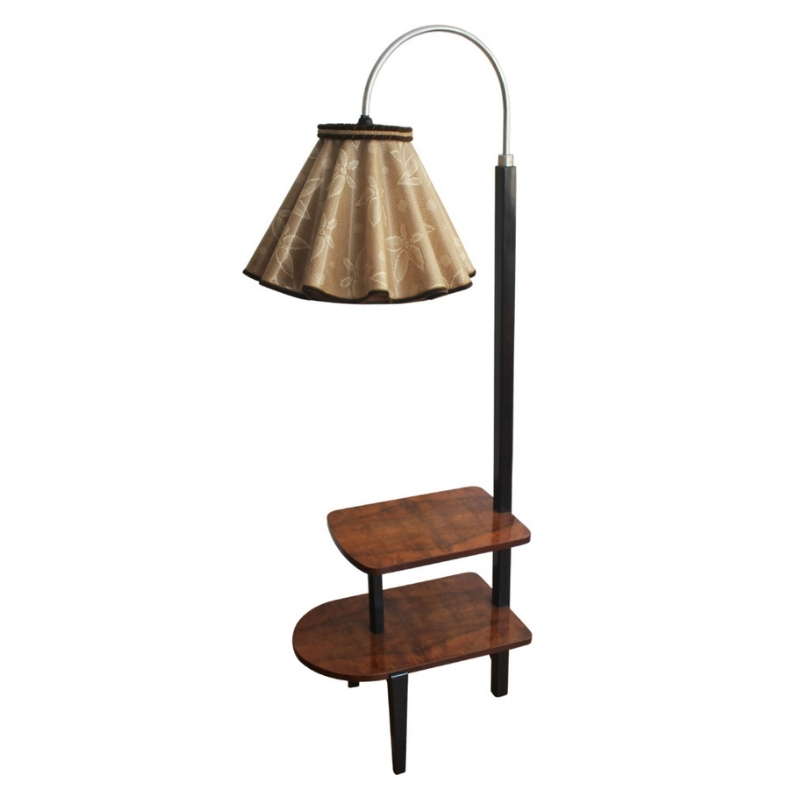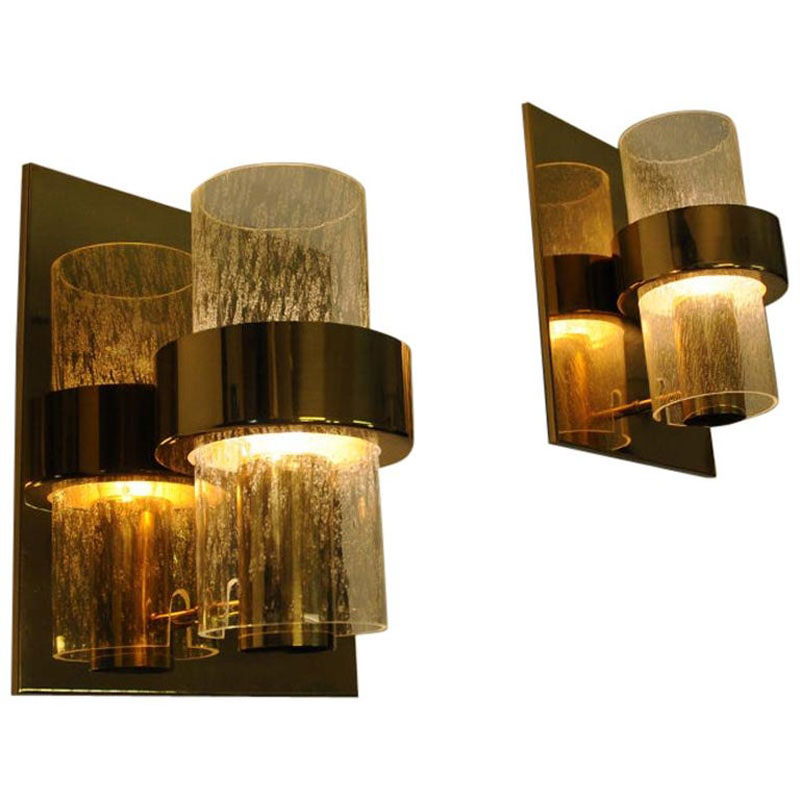...well worth watching, am visiting family and it was on the television, enthralling and a real kick in the pants.
I totally agree - enthralling...
I totally agree - enthralling but deeply disturbing. I feel like something I've always felt, has been articulated through this documentary.
"Making the consumer unhappy with the product that he has enjoyed, and making him want a newer version..."
Mobile phones are a perfect example of this, and it's fundamentally wrong on so many levels"
Thanks for a great link Heath.
challenge the belief
that what you put in the bin actually gets "recycled" and not, as a school girl in the states discovered, in the bin.
Her school project was on recycling the school dinner waste and the kids were tought to seperate their waste in the canteen only for the caretaker to bag it all up and dump it in the same bin round the back!!!!! should be on youtube somewhere!
What we all live by is the beleif that the system "takes care of our moral responsibility" once we have disposed of our unwanted items.
Interestingly there is a miniscule remark in the film about the products should be wanted sooner a bit better so the old ones can go to the "second-hand" shop.
I remember when I was just another second-hand shop selling danish s/h furniture. The stigma and belief by some that as it was s/h it was somehow devoid of quality and not worth bothering with anymore.
To them I can only say
HA KISS MY ASS and look around you.
To those who beleive in the greater system with moral i say the same.
If you don't question what is before you and understand the proces how can you truely tell the difference between low and high quality.
(if you can stop flocking to IKEA for a moment)
Rant over
S
.
some of the chemicals and metals used in computer manufacture are really nasty, seeing those kids breaking them open and standing around the fires was a real shocker.
Going back to a 60's standard of living doesn't seem too harsh does it?
I agree Simon, anyone who wanted to open their eyes could have seen the writing on the wall years ago, I feel sorry for all these younger people who only have skills in retail or finance or IT, whats to become of all the hyper consumption based jobs?
soda bottle light
I am sure that once they watch a televison or see a magazine the people will desire a "better soda bottle", but until that time the Soda Bottle Light is a good idea for those people without electricity or limited means to pay for that service.
http://isanglitrongliwanag.org/
Misleading.
Ok, so I finally had time to watch the film. I have no strong feelings either way about its "be green" message, but its overall theme of deliberate planned obsolescence by evil corporations is really unsupported by reality. I've got a meeting soon, so I'll just make a list of some truths that contradict the film's claims... I can go into detail later.
1. 1000-hour incandescent lightbulbs cost consumers LESS than identically-priced 1500-hour lightbulbs.
2. It's easy to show that inkjet-printer manufacturers derive no benefit from artificially shortening printer life. If ANYONE benefits, in fact, it's the consumer.
3. Consumers WANT their iPods and iPhones to have non-replaceable batteries.
4. There seems to be no actual evidence that DuPont scientists deliberately weakened nylon in order to sell more stockings, but it isn't hard to imagine how that rumor was started.
5. Owning East German refrigerators that last 25+ years is worse in every way than owning Western refrigerators.
.
1.
Do they? How can something identically priced cost less? If you're referring to the extra cost of a compact flouresent or LED I'm pretty sure its mitigated by a longer life span and better energy efficiency.
2.
How does the consumer benefit from this? Why does the maufacturer do it then if they derive no benefit?
3.
Why? I don't have an i-anything but imagine many here do, could anyone comment on if they want their batteries to be replaceable? I just can't see why not.
4.
Its not hard to imagine is it? Given Duponts history I'd trust a documentary maker with principles over a refutation anyday.
5.
The GDR no longer exists and I doubt many of the fridges do either, I partially agree but think it was the idea of the benefits of longevity that they were trying convey, if energy efficiency is good and theres no cfcs' whats not to like about a product with a 25 year lifespan?
Glad you asked -- #1
Ok...
1. The way to make an incandescent bulb last longer is well-known: Lower the temperature of the filament. The easiest way to do that is to decrease the voltage across it, which also lowers its power consumption. That Livermore firehouse bulb that's been burning for 100 years is drawing only 4 watts of power (and also is never turned off, so it doesn't experience any thermal shocks or current surges).
Lowering the temperature makes a DRAMATIC difference in the life of the bulb, but it makes a less dramatic difference in the power consumption, and it makes a large difference in the light output. For example, a typical 100-watt bulb:
At 120 volts (standard, hot filament):
1000-hour life
100 watts power consumption
1700 lumens
At 100 volts (long life, cooler filament):
10000-hour life (10 times longer life!)
75 watts power consumption (and 3/4 the power draw!)
950 lumens (but only 55% of the light output)
So here's the problem: To get the same light output from the long-life bulb with the cooler filament as from the standard-life bulb with the hot filament, you need 1700/950 = 1.8 bulbs. Running with the cooler filament, each of those bulbs will draw 75 watts, so the total power for those 1700 lumens is 1.8 x 75 = 134 watts.
Ok, now look at cost: Bulbs cost $1 apiece. Electricity cost varies, but at my house it's 18 cents per kilowatt-hour (kWh).
If you use standard-life bulbs for 10000 hours, you'll pay for:
10 bulbs @ $1/bulb = $10
100 watts x 10000 hours = 1000 kWh @ $0.18/kWh = $180
Total for standard-life bulbs: $10 + $180 = $190.
If you use long-life bulbs for 10000 hours, you'll pay for:
1.8 bulbs @ $1/bulb = $1.80
134 watts x 10000 hours = 1340 kWh @ $0.18/kWh = $241.20
Total for long-life bulbs: $1.80 + $241.20 = $243.
So... For the same amount of light for the same amount of time, with bulbs all priced at $1, you'd pay 28% more to buy and operate ten-thousand-hour bulbs than to buy and operate one-thousand-hour bulbs.
Work beckons; I'll do the others later.
saving bulbs and energy
fastfwd,
I was told that if I used a product like the Lutron Maestro IR digital fade dimmers that these would lower my cost and increase bulb life when dimmed because they actually turned the light on and off in "faster than the eye may see" speed as opposed to using a standard capacitor to absorb the energy. Is this true? I was also told that turning a light on and off would shorten it's life was an "old wives tale" and in fact not true. Can you confirm any of these statements. Your input would be greatly appreciated.
Niceguy
Back in the 60s, Lutron made the first dimmer that worked by rapidly switching a bulb's power on and off. All household dimmers have worked that way ever since. The switching frequency isn't exactly "faster than the eye can see"; it's "faster than the filament can cool and stop glowing".
Rapidly interrupting the 120V power so that it's only on for 70% of the time is THE SAME as leaving the power on all the time but lowering the voltage from 120V to 100V. Your dimmer saves energy just as my example did: It lowers the power consumption 25% while lowering the light output by 45%.
If you crank your dimmer all the way up to 100%, it saves no energy at all... Unless it's one of Lutron's "eco-dim" dimmers that's guaranteed to ALWAYS save at least 15% of the energy used by a standard switch. How do those dimmers do it? Easy: They don't go all the way up to 100%, they only go up to 85%... So your 100-watt bulb, which should put out 1700 lumens, is limited by those dimmers to around 1300 lumens. You save 15% of the energy and lose 25% of the light output. And they charge you more for that "eco-dim" feature, too. It's awesome.
Ok, switching bulbs on and off: Yes, that lowers a bulb's life. You know this because you've seen it: Incandescent bulbs nearly always burn out at the moment you turn the switch on. Some switches have a "soft-start" circuit that slows the initial inrush of current so the bulb can warm up (relatively) slowly. That extends the bulb's life a little; the fact that the soft-start device also lowers the maximum voltage (and thereby dims the bulb) also helps to make the bulb lastlonger.
The point is that you don't get anything for free here. High-power bulbs (e.g., 100W) are designed for maximum efficiency and relatively short life because the energy to run them costs WAY more than the bulbs themselves. Lower-power bulbs (e.g., 40W) can be designed for longer life at the expense of efficiency because -- since they don't draw much power anyway -- the cost of the bulb is a larger factor in the total cost of ownership.
.
Your technical knowledge is pretty good! Its not such an issue here, incandescents are off the shelves but putting cost aside and comparing a compact flourescent and an incandescent emitting the same amount of light which would use more energy over an equal amount of time?
I happily pay for 'green' power, and cost isn't really an issue.
If you need any help, please contact us at – info@designaddict.com









